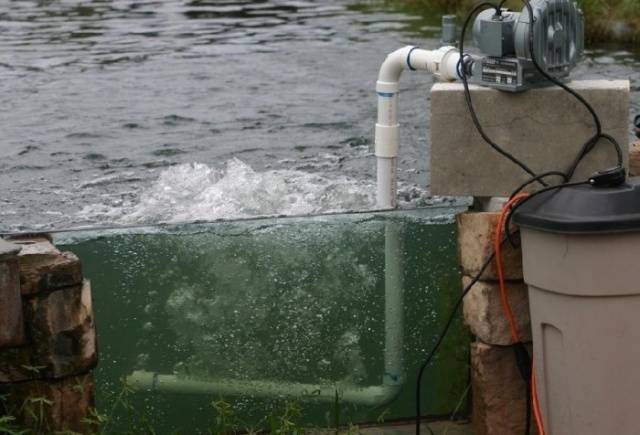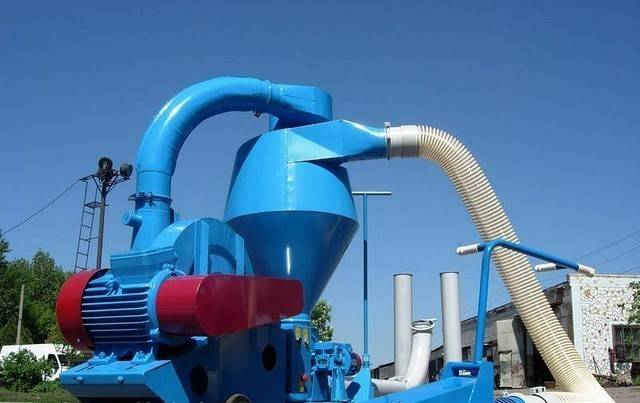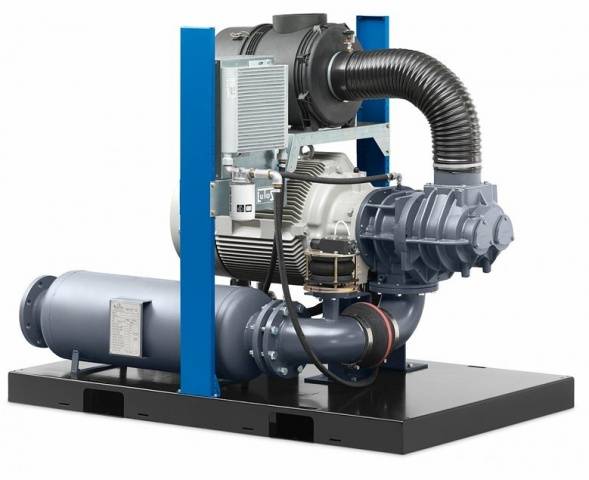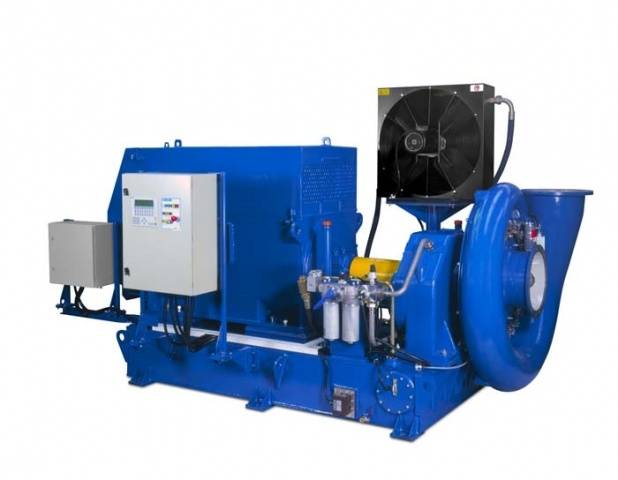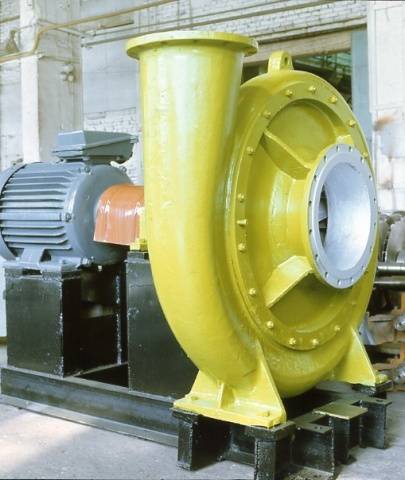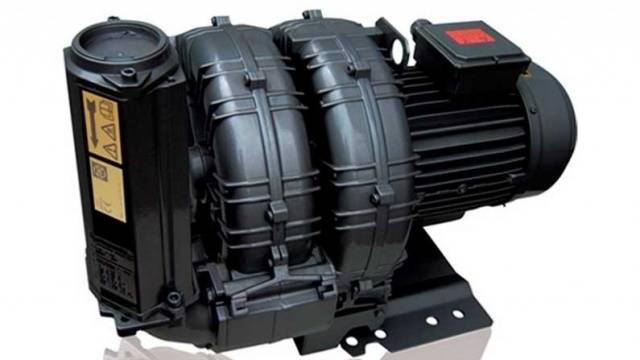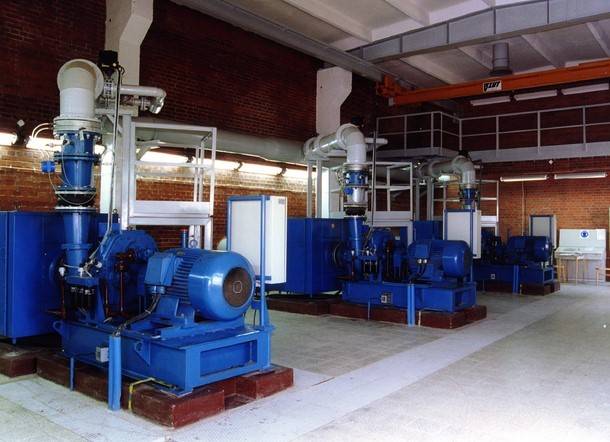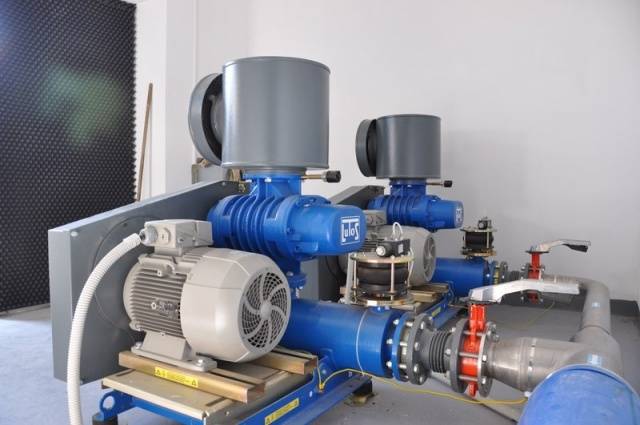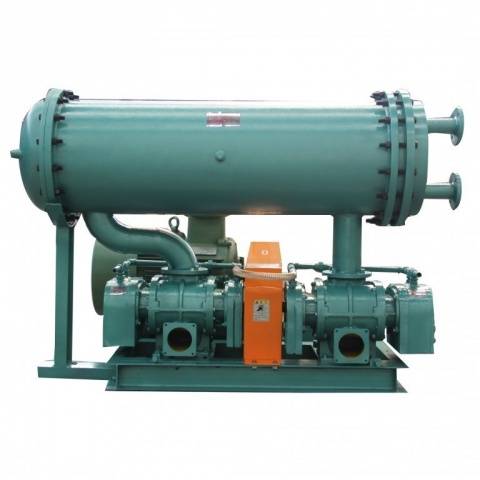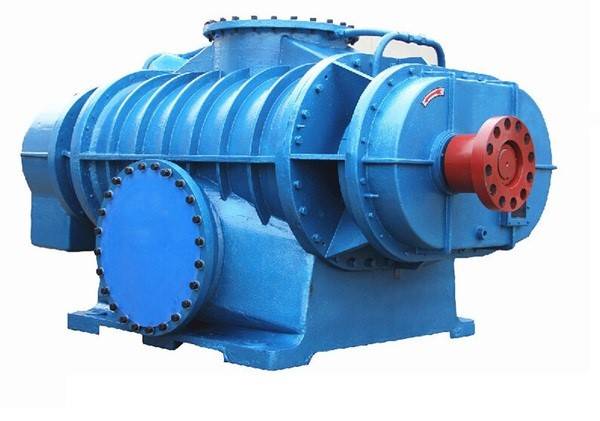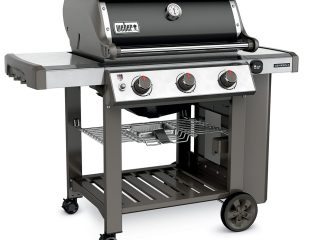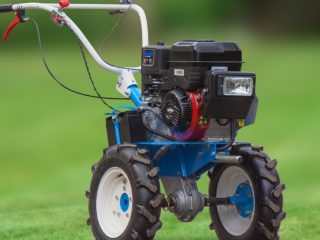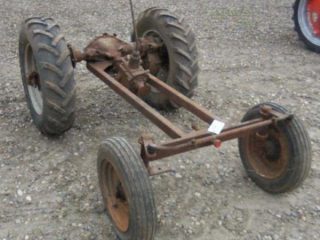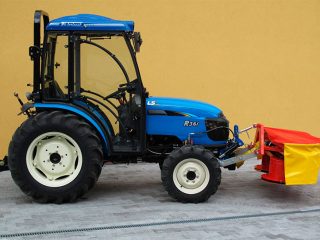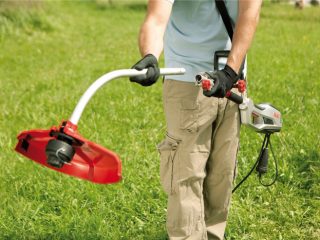Content
Industrial blowers are multifunctional devices that allow you to create excess pressure (0.1-1 atm) or vacuum (up to 0.5). This is usually large equipment with a complex design.
Such devices are capable of operating for a long time at maximum loads. Industrial units are capable of operating under water and in adverse conditions.
Areas of application
Most blowers are universal devices that can operate in both pressure and vacuum modes.
The main areas of use of industrial blowers are:
- For aeration of water bodies. Due to aeration, water is saturated with air or oxygen. In water treatment systems, this makes it possible to remove manganese, iron and various volatile substances from water. As a result, water quality improves. In fisheries, oxygen saturation of water promotes the development of fish and other inhabitants of artificial reservoirs.
- Transportation of bulk materials. Equipment designed for the rapid movement of bulk components is called pneumatic transport. This operation is carried out using vortex devices capable of creating a dense air flow. Pneumatic transport with a blower is easy to use, quickly installed, operates silently and does not require the installation of additional drying or air cooling systems.
- Maintaining combustion. With the help of industrial equipment, combustion is maintained, which is necessary for firing and drying kilns.
- Drying film strips and surfaces coated with varnishes or paints. The air flow created in the blower is used to dry the film strip. First you need to develop it, after which the required amount of solution is removed by blowing. The film is then dried under vacuum.
- Vacuum-related industries. Blowers are actively used in vacuum castings, packaging, and gas sampling.
- Ventilation, removal of dust and dirt. The device can be used as an industrial vacuum cleaner to remove various contaminants. Blowers are used to remove material residue from conveyor belts, weaving machines and other machines.
Main varieties
Depending on the design, there are several types of industrial blowers. They differ in different levels of noise and vibration, performance, and engine type. The choice of device depends on the area in which you plan to use it and its performance.
Piston blowers
In piston-type blowers, a large volume of air is captured, which is pumped through the translational movement of the piston. Their main advantage is the creation high working pressure.
Piston blowers are characterized by low cost, high efficiency and versatility. Installations are divided into dry and oil-based. Dry ones have a shorter service life, produce clean air and are suitable for occasional use.
This type of equipment is considered obsolete and is being replaced by more productive devices.
Screw blowers
A device of this type contains rotors equipped with blades of complex shape. As they rotate, the air is compressed and then directed through the hole. In the working cavity of such a system there is an oil mixture that reduces friction.
The advantages of screw units are:
- low vibrations and noise levels;
- no need to prepare a foundation for their installation;
- clean air produced;
- presence of an automatic control system.
The disadvantages of this equipment include the complexity of the mechanism, high oil consumption under increased loads and the high cost of the screw unit.
Twin Rotor Blowers
If it is necessary to obtain high pressure, double-rotor gas blowers are chosen. Their working cavity has two rotors that rotate synchronously.
These are practical devices that have the following advantages:
- low noise and vibration levels;
- long service life;
- simple design.
The disadvantage of such devices is their low energy consumption. Another negative factor is the pulsation of air flow, which creates increased vibrations. As a result, wear of the mechanism increases.
This impact can be reduced by using shock-absorbing cushions and a casing with sound-insulating properties.
Centrifugal blowers
These devices are a dynamic radial compressor.The air flow in them occurs in a direction perpendicular to the axis of rotation.
The advantages of centrifugal blowers are:
- high performance;
- continuous operation;
- low noise level;
- safety due to the absence of interaction between gas and oil;
- compactness;
- Ease of use.
Their disadvantages include the need for lubrication and additional cooling.
Submersible blowers
The submersible device is designed for installation at the bottom of water bodies. Water cools the case, which increases the service life of the mechanism. The submersible equipment is silent and fully automated.
Turbo blowers
Turbo blowers are used for high compressed air flow rates. Their operating principle is similar to centrifugal devices. Air is pumped under the action of centrifugal force, which is ensured by the rotation of the impeller.
Turbo blowers are divided into single-stage (create a pressure above 3, but not more than 6 m) and multi-stage (pressure up to 30 m). Such devices are suitable for aeration, transporting substances, creating air curtains, drying containers and removing moisture from surfaces before final coating.
Vortex blowers
Vortex-type devices have side channels in which the gas is repeatedly exposed through the impeller. The result is increased kinetic energy and high pressure.
Vortex equipment operates almost silently, is compact in size and highly reliable. During its operation there are no vibrations or pulsations of air flows.
In terms of efficiency, such devices are inferior to centrifugal models.Another disadvantage is the need to use a filter, since the ingress of foreign objects can damage the device.
Electric blowers
In electric units, air is supplied due to the operation of an electric motor. Such equipment has a lower cost compared to mechanical devices.
Criterias of choice
The main requirement for an industrial blower is to meet the need for compressed air. There is no need for a large supply, since backup equipment is used in emergency situations.
Depending on the purpose of the device, you need to pay attention to the following nuances:
- quality of air flow (requirements for dryness, absence of foreign particles);
- operation in vacuum mode;
- features of maintenance, its cost and simplicity (this cost item should be less than 1% of the cost of the device);
- noise level, especially if the equipment operates near a residential area.
Blower Manufacturers
The main manufacturers of blowers are European companies that supply productive and high-quality equipment. Each company specializes in the production of a certain type of product.
Foreign manufacturers
The main foreign manufacturers of this industrial equipment are:
- Busch. One of the largest compressor manufacturers, based in Germany. The company produces two-rotor (Tyr models) and vortex blowers (Samos models).
- Becker. Another German manufacturer that deals with industrial vacuum equipment. The range of manufactured products includes oil-free, vortex and screw compressors. The devices comply with environmental standards and are characterized by stable operation.
- Lutos. A Czech company that produces rotary and screw devices for water purification, transport of substances, mixing of gases and other applications. Gas blowers are presented in two series: DT and VAN.
- Robuschi. An Italian manufacturer that specializes in the production of screw and rotary devices.
- Elmo Rietschle. A German company that produces a wide range of blowers. Vortex, rotary and centrifugal devices are characterized by low noise levels and the ability to work with hot gases.
- FPZ. An Italian company that produces one- and two-stage vortex devices capable of operating in aggressive environments.
- Atlas Copro. The Swedish company produces oil-free rotary and centrifugal units that comply with the ISO standard. The manufactured equipment allows you to save energy consumption due to variable frequency drive. The monitoring system monitors system performance and provides information about faults.
Russian manufacturers
Domestic manufacturers of blowers are:
- SSM. SpetsStroyMachine is a Russian company that manufactures blowers. The range includes rotary and centrifugal type devices. Industrial units provide oil-free air compression at low pressure and high performance. The product range includes the BP, BP GE, BC series and others, which differ in technical characteristics.
- SPKZ "ILKOM". The St. Petersburg Compressor Plant produces vortex and centrifugal devices of various designs.
- ERSTEVAK. A Russian manufacturer supplying the market with a wide range of vortex devices and turbo blowers.
Conclusion
An industrial blower is a versatile device capable of performing a wide range of tasks. Such equipment allows you to effectively remove contaminants, enrich water with oxygen, move bulk substances, dry the surface, etc.
The choice of blower design depends on the conditions in which it must be used. The cost of maintenance and repair, dimensions and technical characteristics of the device must be taken into account.
Leading positions in the compression equipment market are occupied by foreign companies that produce a wide range of blowers.
